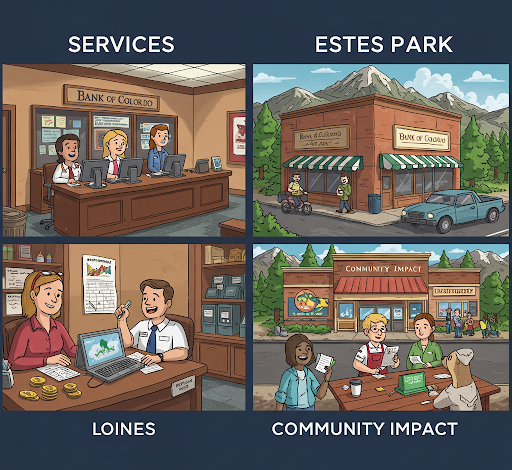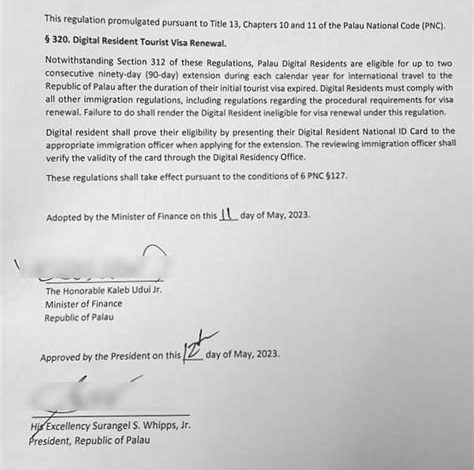In the competitive landscape of higher education, a select group of institutions has emerged, offering a distinctive blend of academic rigor and intimate learning environments. Dubbed “mini Ivy League” schools, these hidden gems mirror the prestige and quality of their Ivy League counterparts, providing students with a transformative educational experience.

Defining the Mini Ivy League
The term “mini Ivy League” lacks an official definition, but it is generally used to describe small, private liberal arts colleges that share certain characteristics with the eight prestigious Ivy League universities:
- Academic Excellence: These schools maintain high admissions standards and boast distinguished faculty and curricula.
- Small Class Sizes: Classes are typically intimate, fostering close student-faculty relationships and personalized instruction.
- Liberal Arts Focus: They emphasize a broad education in the humanities, social sciences, and natural sciences, preparing students for critical thinking and lifelong learning.
- Residential Campuses: Most mini Ivy League schools have residential campuses, creating a vibrant and supportive academic community.
- Selective Admissions: Due to their reputation and exclusivity, these schools have highly selective admissions processes.
Exploring the Mini Ivy League Landscape
According to the National Center for Education Statistics (NCES), there are approximately 120 institutions in the United States that could be considered mini Ivy League schools. These schools vary in size, location, and specializations, offering a diverse range of educational experiences.
Some notable mini Ivy League universities include:
- Amherst College: Known for its strong humanities and social sciences programs, as well as its environmental stewardship initiatives.
- Bates College: A highly selective college with a focus on interdisciplinary studies and global engagement.
- Bowdoin College: A historic institution consistently ranked among the top liberal arts colleges in the nation.
- Colgate University: Offers a rigorous academic experience with a focus on global perspectives and leadership development.
- Hamilton College: Emphasizes interdisciplinary learning and provides opportunities for students to conduct original research.
- Middlebury College: A language immersion powerhouse with campuses in Vermont and Spain.
- Pomona College: Part of the highly competitive Claremont Colleges consortium in California, known for its distinctive “quarter system” and academic innovation.
- Reed College: A forward-thinking school with a reputation for intellectual curiosity and a challenging academic environment.
- Swarthmore College: A Quaker institution with a strong tradition of academic excellence and social responsibility.
- Wellesley College: An all-women’s college with a focus on empowering students through leadership and service.
- Williams College: A highly selective college recognized for its rigorous academics, financial aid program, and outdoor education opportunities.
Advantages of Attending a Mini Ivy League School
Enrolling in a mini Ivy League school offers myriad benefits:
- Personalized Education: Small class sizes allow students to engage deeply with professors, participate in meaningful discussions, and receive individualized feedback.
- Academic Rigor: These schools adhere to high academic standards, challenging students to excel and develop their critical thinking skills.
- Intimate Learning Environment: Residential campuses create a close-knit community where students can connect with peers, faculty, and administrators.
- Exceptional Career Outcomes: Graduates from mini Ivy League schools are highly sought after by employers and professional schools due to their strong academic foundation and well-rounded experiences.
- Affordability: While not inexpensive, many mini Ivy League schools offer generous financial aid packages, making them accessible to a wider range of students.
Challenges and Considerations
Despite their many advantages, prospective students should be aware of potential challenges and considerations before applying to a mini Ivy League school:
- Admissions Selectivity: These schools are highly selective, with low acceptance rates. Applicants should prepare thoroughly for the admissions process and have a strong academic record.
- Competition: The academic environment can be competitive, and students may need to work diligently to maintain a high GPA.
- Resource Limitations: Due to their smaller size, mini Ivy League schools may have fewer resources than larger institutions, such as limited course offerings or research opportunities.
- Location: Many mini Ivy League schools are located in rural or small-town settings, which may not appeal to all students.
- Cost: While financial aid is available, the cost of attendance at these schools can still be substantial.
Tips for Applying to Mini Ivy League Schools
To increase your chances of admission to a mini Ivy League school, consider the following tips:
- Excel Academically: Maintain a high GPA, take challenging coursework, and participate in extracurricular activities that demonstrate your academic abilities.
- Prepare for Standardized Tests: Perform well on standardized tests such as the SAT or ACT, as they are significant factors in the admissions process.
- Craft a Compelling Essay: Express your passion for learning, why you are a good fit for the school, and how you plan to contribute to the community.
- Secure Strong Letters of Recommendation: Request letters of recommendation from teachers, counselors, and mentors who can attest to your character, work ethic, and academic potential.
- Demonstrate Leadership and Involvement: Showcase your leadership skills through involvement in clubs, sports, or volunteer organizations.
- Visit the Campus: Attend campus tours and information sessions to get a feel for the school’s culture and academic environment.
- Apply Early: If possible, apply for early decision or early action to increase your chances of admission.
Mini Ivy League Schools vs. Ivy League Universities
While mini Ivy League schools share many similarities with their Ivy League counterparts, there are some key distinctions:
| Characteristic | Mini Ivy League Schools | Ivy League Universities |
|---|---|---|
| Number of Institutions | Approximately 120 | 8 |
| Selectivity | Highly selective | Extremely selective |
| Size | Small, typically with fewer than 5,000 students | Large, with enrollment ranging from 5,000 to 20,000+ |
| Location | Primarily located in the Northeast and Midwest | Predominantly located in the Northeast |
| Faculty-to-Student Ratio | Low, typically around 10:1 | Also low, but varies between institutions |
| Cost of Attendance | Generally lower than Ivy League universities, but still substantial | Higher, with some institutions costing over $50,000 per year |
| Alumni Network | Smaller but often highly connected | Vast and influential |
Ultimately, the best school for you depends on your individual preferences, needs, and aspirations.
Mini Ivy League Schools: A Gateway to Excellence
Mini Ivy League schools provide an exceptional alternative to traditional Ivy League universities, offering a rigorous and transformative educational experience within a smaller, more intimate setting. By carefully considering the advantages and challenges, and following the tips provided, students can increase their chances of admission and embark on an academic journey that will prepare them for success in college, career, and life.











